
|
|
|||||
Big South, more commonly referred to as Big Sur, is one of the most iconic stretches of coastline in America. From Carmel, it snakes its way south 100 miles to San Simeon and is also one of the most treacherous and beautiful coasts in the world.
Formed by the abrupt rise of the Santa Lucia mountains from the Pacific ocean, Big Sur has some of the best views in all of California's Gold Coast. It is no wonder that some of the world's most famous photographers come to our Golden Coast to seek its riches. Following in the footsteps of the likes of Edward Weston and Ansel Adams, the Aperture Academy was drawn also, to the beauty of the Gold Coast. And on this particular occasion, we focused in on the Big Sur region, immediately south of Carmel.
Meeting at the crossroads in Carmel, instructors Ellie and Scott began the typical introductions and explanation of the itinerary for the day's class, and with everyone very ready to go, we packed into the van and headed down the street to the Carmel Mission.
Mission San Carlos Borroméo del río Carmelo was the headquarters of the original Las Californias Province missions and was headed by Father Junipero Serra from 1770 to 1784. It is now also Serra's resting place.
The Carmel Mission is a place of beauty, and its beauty rests in its details. Ellie and Scott let the students roam free and explore every facet of the mission. It is a place that shouldn't be attempted to be encompassed in one shot, but needs to unfold like a story in many shots, each progressive image telling a little part of the story. The time seemed to absolutely fly by as our students explored and captured their story of the Carmel Mission.
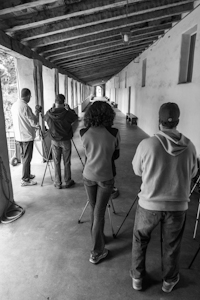 Our next stop was some 40 miles down the road to a little gem called, McWay Falls. It is one of only a few waterfalls that have the distinction of being called a tidefall, due to their proximity to the ocean surf.
Our next stop was some 40 miles down the road to a little gem called, McWay Falls. It is one of only a few waterfalls that have the distinction of being called a tidefall, due to their proximity to the ocean surf.
This plunge fall is located in the southern end of Julia Pfeiffer Burns State Park and is situated in a perfectly picturesque little cove. Within a short walk, the falls and cove lay about 200 feet below the catwalk, which we had everyone setup on.
Each student was instructed in the use of polarizing filters, graduated neutral density filters to balance exposure, and solid neutral density filters to hold back the sunlight, so they could get some longer shutter speeds for getting that popular motion blur from the waterfall.
The last stop of the evening was a short trip north to Pfeiffer Beach, home of the iconic Hole in the Rock. Tucked away behind an extremely hard to find, narrow road off highway 1, Pfeiffer Beach isnt easy to get to, but the rewards are amazing. Our students braved the one lane road and many potholes and speed bumps to get there and were even more amazed with the spectacular light show mother nature put on that evening.
Even though there was a marine layer (there often is), Hole in the Rock produced its renowned glory, and the students setup all around in the low tide and waited for the perfect time to start their exposures; they were poised to get the perfect shots of the wave action against the backdrop of the massive rock lit through the middle from the dying sun. It truly was a glorious evening, a perfect way to end the workshop.
With everyone assuredly giddy over the colors of the sunset, we talked all the way back to the crossroads, dropped the students off and bade them farewell. To the next photographic adventure!
Until next time,
Scott, Ellie and the rest of the Aperture Academy Team!
P.S. If you'd like to join us at one of our workshops, you can find the schedule/sign up here.
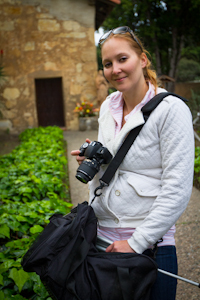 |
 |
 |
 |
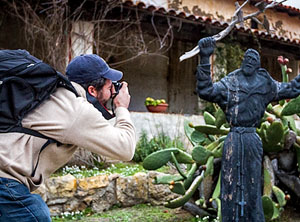 |
 |
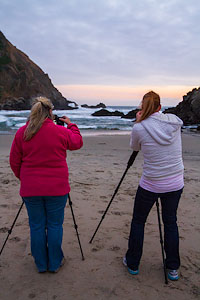 |
 |
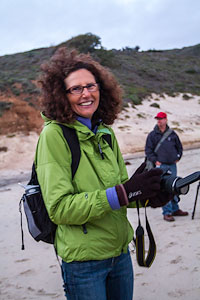 |
 |
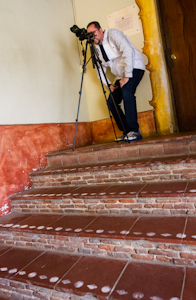 |
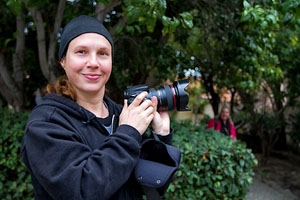 |
 |
 |
 |
|
 |
Other Cool Stuff→ Past Workshop Photos → 72dpi.com → How-To Articles → Photographer of the Month |
 |
Contact Us→ Contact Us → About Us → Site Map |
© 2009-2024 Aperture Academy, Inc.






